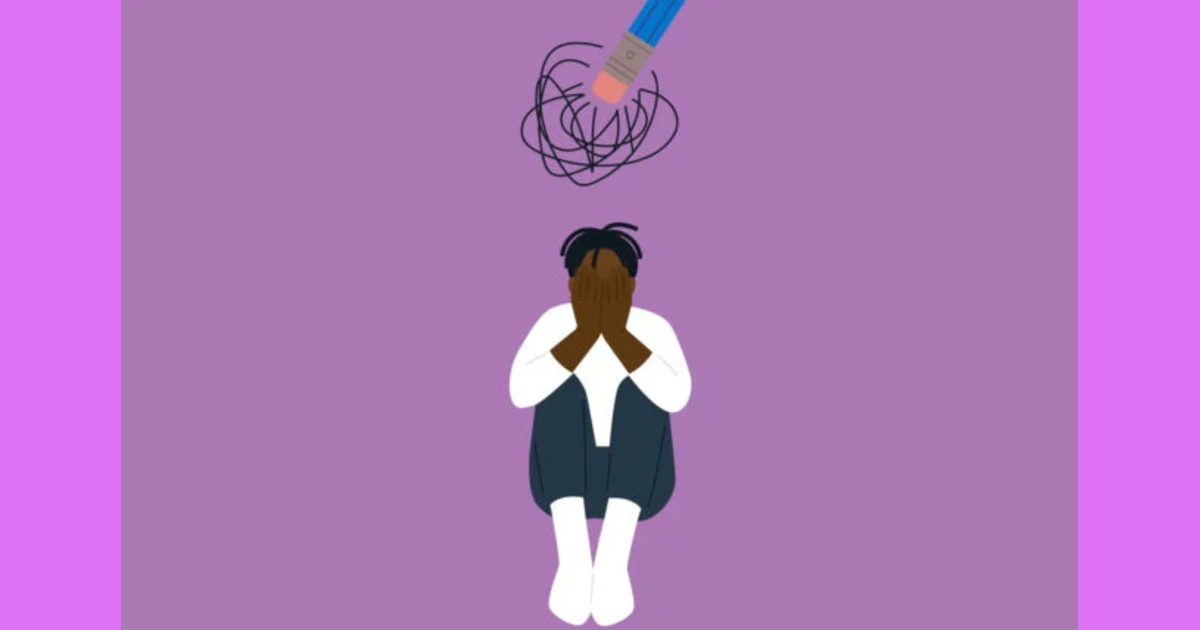Trauma is trendy now. In the digital age, a curious trend has emerged. Gen Z’s openness about mental health on social media has sparked conversations about trauma. Let’s delve into this phenomenon.
Trauma is trendy thanks to Gen Z — they’re done ‘ignoring’ mental health
The latest online trend revolves around the topic of trauma, and it owes its emergence to a more self-aware generation, Gen Z.
This generation’s concerted efforts to destigmatize mental health issues and their willingness to openly discuss their experiences on social media have ignited a wave of trauma oversharing.
Meg Schnetzer, a trauma-informed somatic practitioner, has observed a notable increase in young people sharing their past traumas online, even going as far as characterizing it as a trend.
According to Schnetzer, this trend is indicative of a growing awareness and a sense of safety among individuals, prompting them to open up and share their experiences. She remarked that when people muster the courage to share, it catalyzes a larger movement.
Gen Z, unlike previous generations, has chosen not to ignore mental health issues. They are actively acknowledging and addressing their trauma responses, demonstrating a conscious commitment to change.
Schnetzer, who has garnered over 23,000 followers on TikTok, credits the platform for accelerating Gen Z’s radical transparency regarding mental health. She noted that just two years ago, it felt like she was speaking into the void, but now, especially in the past six months, this trend is omnipresent.
Schnetzer has encountered clients who have come across this so-called trend online, leading them to question why more people aren’t being taught about trauma and its impacts. She believes that while TikTok may not reach the entire world, it undeniably plays a crucial role in disseminating information.
Despite the sudden surge of interest in trauma, Schnetzer doesn’t take issue with it being labeled a “trend” as long as the term is not used casually or flippantly. She didn’t explicitly define what experiences Zoomers consider as “traumatic” during their TikTok sharing, leaving room for interpretation.
While the transparency surrounding mental health online is generally viewed positively, it has also given rise to potentially harmful “therapy speak.” Critics argue that commonly misused therapy terms like “gaslighting” or “trauma” can be weaponized to manipulate others.
Nevertheless, discussions about mental health, similar to what Gen Z is posting, have the potential to reduce the stigma surrounding mental health treatment.
Schnetzer believes that, concerning trauma, this trend is not inherently negative. She asserts that receiving support during a traumatic experience can influence its long-term impact.
She subscribes to the belief that nobody entirely escapes trauma; it merely manifests differently for each person, with some individuals not even recognizing they have been through it.
In essence, the beauty of this trendy TikTok topic lies in the potential for people to feel less alone in their experiences. However, experts have previously cautioned against the dangers of emotional oversharing on social media, citing its potential to impact one’s employment prospects.
Recent research found that job candidates discussing mental health struggles on platforms like LinkedIn might be perceived as less emotionally stable and less conscientious by potential employers.
Do you think trauma is trendy for Gen Z? Share your thoughts.








Leave a Reply
You must be logged in to post a comment.